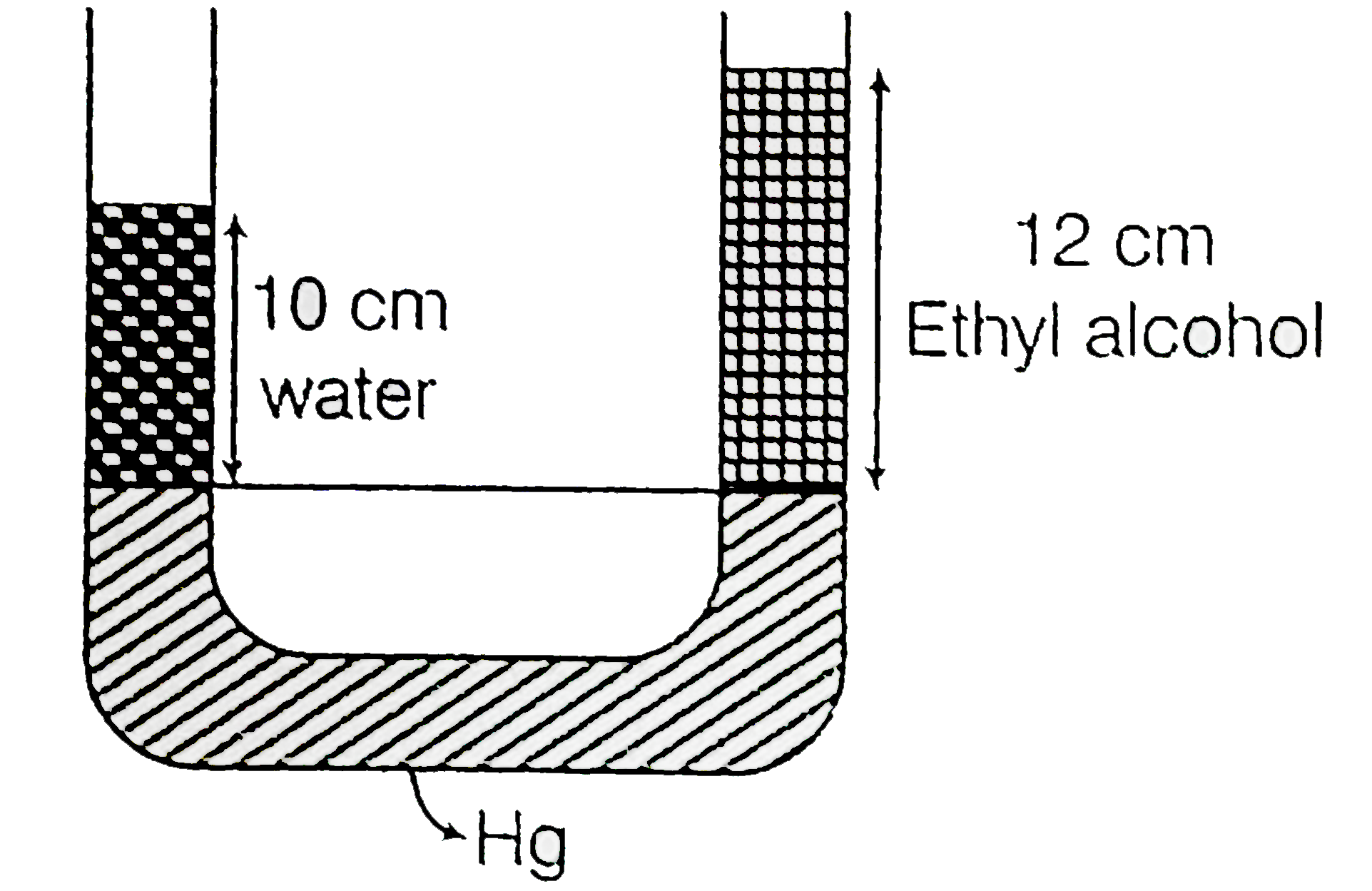A small amount of ethyl alcohol is usually added to chloroform bottles. Why?
Step-by-Step Solution:
1. Understanding Chloroform's Reactivity: Chloroform (CHCl3) is a volatile organic compound that can react with oxygen in the presence of sunlight. This reaction can lead to the formation of harmful byproducts.
2. Formation of Phosgene: One of the toxic byproducts formed when chloroform reacts with oxygen is phosgene (COCl2). Phosgene is a colorless gas that is highly toxic and poses serious health risks.
3. Role of Ethyl Alcohol: To mitigate the formation of phosgene, a small amount of ethyl alcohol (C2H5OH) is added to chloroform bottles. Ethyl alcohol acts as a protective agent.
4. Reaction with Phosgene: When ethyl alcohol is present, it can react with the phosgene that may form. This reaction converts phosgene into diethyl carbonate (C2H5CO3), which is a harmless compound.
5. Balancing the Reaction: The reaction can be represented as follows:
2C2H5OH+COCl2→2C2H5CO3+2HCl
This shows that ethyl alcohol effectively neutralizes the toxic phosgene gas.
6. Conclusion: Therefore, the addition of ethyl alcohol to chloroform bottles serves to prevent the formation of toxic phosgene and ensures safety by converting it to a harmless compound.
2C2H5OH+COCl2→2C2H5CO3+2HCl
This shows that ethyl alcohol effectively neutralizes the toxic phosgene gas.
Topper's Solved these Questions
- HALOALKANES AND HALOARENESBOOK - MODERN PUBLICATIONCHAPTER - HALOALKANES AND HALOARENESEXERCISE - NCERT In-text Questions
9 Videos
- HALOALKANES AND HALOARENESBOOK - MODERN PUBLICATIONCHAPTER - HALOALKANES AND HALOARENESEXERCISE - NCERT Textbooks Exercises
1 Videos
- HALOALKANES AND HALOARENESBOOK - MODERN PUBLICATIONCHAPTER - HALOALKANES AND HALOARENESEXERCISE - PRACTICE PROBLEMS
30 Videos
- GENERAL PRINCIPLES AND PROCESSES OF ISOLATION OF ELEMENTSBOOK - MODERN PUBLICATIONCHAPTER - GENERAL PRINCIPLES AND PROCESSES OF ISOLATION OF ELEMENTSEXERCISE - COMPETION FILE (Integer Type Numerical Value Type Questions)
5 Videos
- ORGANIC COMPOUNDS CONTAINING NITROGEN BOOK - MODERN PUBLICATIONCHAPTER - ORGANIC COMPOUNDS CONTAINING NITROGEN EXERCISE - UNIT PRACTICE TEST
5 Videos
Similar Questions
Knowledge Check
An aqueous solution of ethyl alcohol is
Aneutral in natureBacidic in natureCamphotericDbasic in natureFind density of ethyl alcohol
 A0.83gmcm3B0.5gmcm3C1.83gmcm3D0.12gmcm3
A0.83gmcm3B0.5gmcm3C1.83gmcm3D0.12gmcm31% pure ethyl alcohol is added to the chloroform used in hospitals because:
AIt enhances the oxidation of chloroformBThe poisonous gas phosgene is not formedCEthyl alcohol converts phosgene into into diethyl carbonate non-toxic saltDIt is helpful in producing unconsciousness
Ethylamine to ethyl alcohol
View SolutionSmall quantity of alcohol is added to chloroform to remove____formed as a result of exposure to air and light.
View SolutionEthyl alcohol is used as a preservative for chloroform because it :
View SolutionEthyl alcohol is used as a preservative for chloroform because it :
View SolutionEthyl alcohol is used as a preservative for chloroform because it :
View Solution
